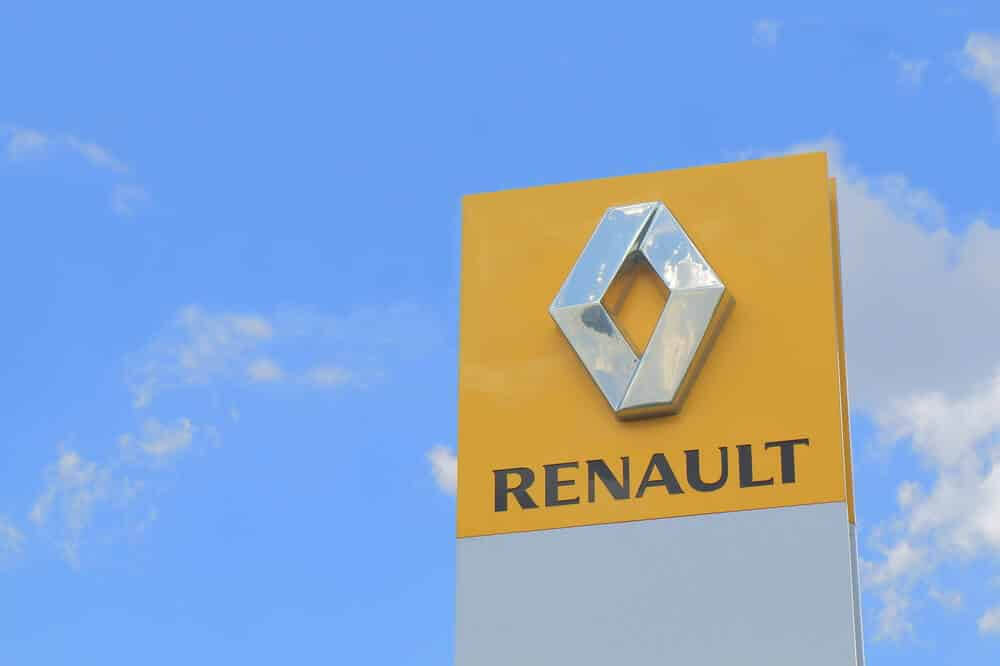
Renault and Nissan Rule Out Merger
Renault, Nissan Motor Co, and Mitsubishi Motors Corp ruled out a merger on Wednesday. It doubled down on a plan to cooperate more closely on car production to save costs and salvage troubled alliance.
The companies have been hit hard by the coronavirus pandemic just as they were trying to rework their partnership. This followed the arrest of its chief architect, Carlos Ghosn, who had pushed for a merger despite resistance from Nissan.
The new plan entails cutting the alliance’s vehicle ranges by a fifth, pooling manufacturing by region, and capitalizing on joint designs. It is meant to serve as a peace treaty.
Renault Chairman Jean-Dominique Senard told a joint news conference they don’t need a merger to be efficient.
He also said existing ties with Germany’s Daimler which owns Mercedes-Benz, could be strengthened. He hoped to make an announcement in the coming weeks.
Renault and Nissan were among the weakest global automakers in the stock market going into the coronavirus crisis. They had lacked a clear plan for using their alliance to emerge from the slump. Also to share the burden of investing in electric vehicles and other technology.
Rivals such as Peugeot and Fiat Chrysler, have been pushing ahead with plans to share costs and designs. This is while the two biggest carmakers, Volkswagen and Toyota, already operate as single units.
Renault shares of stocks were depressed. The tensions with Nissan and the French carmaker’s first loss in a decade in 2019 have caused this. It surged by almost 20% following Wednesday’s announcements.
Daimler shares jumped as much as 10% as Nissan closed 5.5% higher.
Renault is also on course to receive 5 billion euros or $5.5 billion in French state aid. Albeit the government wants it to keep car manufacturing in France in return.
Leader-follower System for Renault and Nissan
Under their new plan, the alliance aims to make savings by sharing production in a so-called leader-follower system. That’s with one company leading to a certain type of vehicle. Also leading for geography with the others piggy-backing on the designs and manufacturing.
Senard said that would help cut costs. That’s with joint savings on future compact sports-utility vehicles or SUVs coming to 2 billion euros or $2.2 billion.
In Brazil, for example, the new approach means the alliance will go from making six models on four platforms. That or underlying vehicle architectures to seven models on one platform.
The alliance best-known cars include the Renault Clio compact hatchback, the Nissan Rogue crossover SUV and the Mitsubishi Outlander SUV.
A tighter design and development process at the alliance would reduce its total number of models by 20%. That would be by 2025 from well over 80 now.
Some analysts pointed to potential problems, however, saying the three companies remained locked in a partnership. That is while some larger rivals were not constrained by structural limitations.
Chris Richter, senior research analyst at brokerage CLSA said there could be some efficiency losses. This is because there are boundaries they have to respect.
Renault, Nissan, and junior partner Mitsubishi joined the alliance in 2016. They have clashed previously due to differences in corporate cultures and opposing views over structures.
Stock trading reports Renault owns 43% of Nissan while it has 15% of the French carmaker. But it has no voting rights.
Nissan has resisted proposals for a full-blown merger. This is because executives felt Renault was not paying its fair share for the engineering work it did in Japan.




